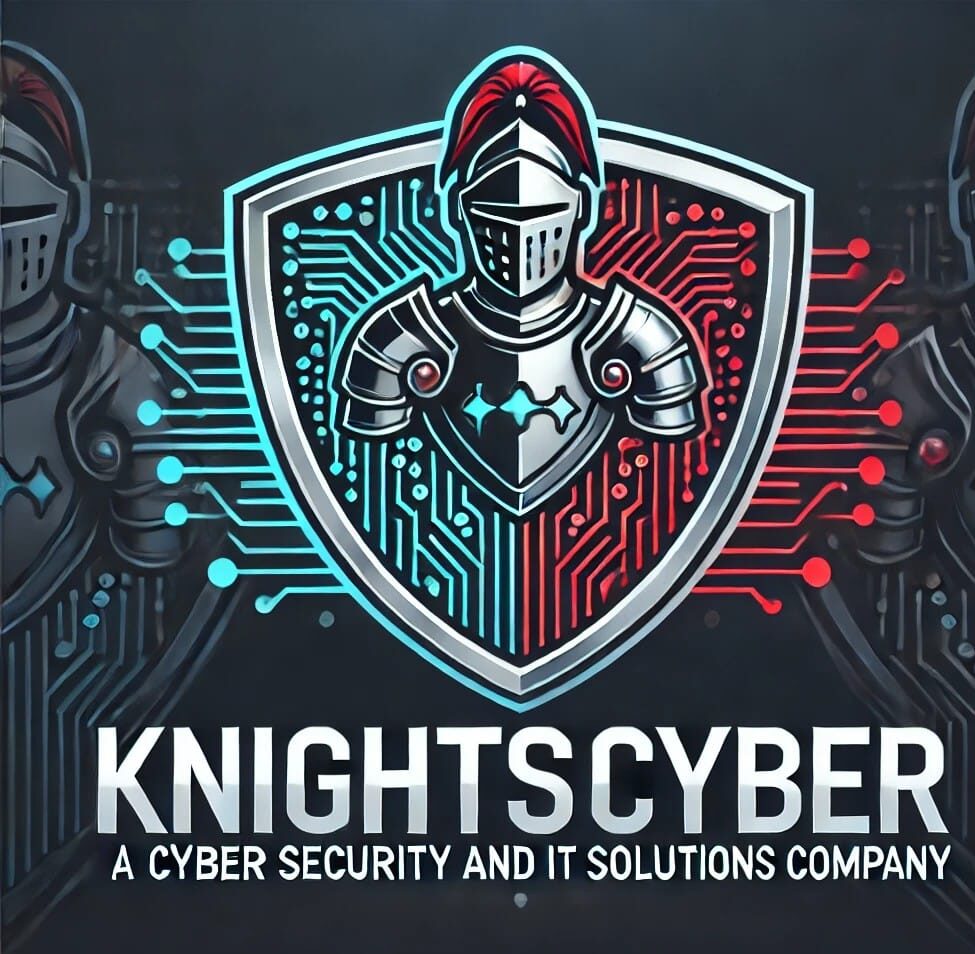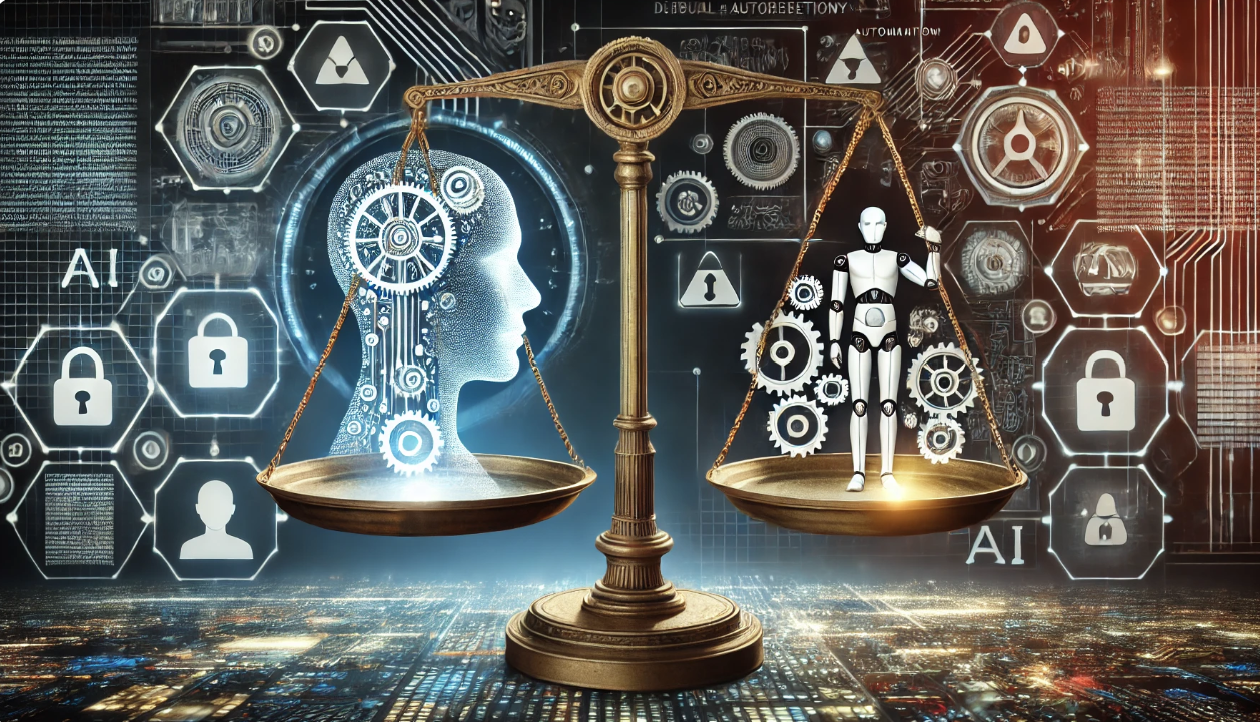Balancing AI and Automation to Enhance Cybersecurity Protections
Artifical Intelligence, CyberSecurity(Read Time: 6 minutes)
Introduction
As technology advances at lightning speed, businesses are increasingly turning to AI and automation as allies in their cybersecurity strategies. These powerful tools offer immense potential to detect, counteract, and prevent cyber threats. However, a crucial question arises: can too much automation be detrimental to cybersecurity?
The Rise of AI and Automation in Cybersecurity
The cybersecurity landscape has evolved significantly. With cyber threats becoming more sophisticated, advanced security measures are crucial. AI and automation now play pivotal roles in:
- Threat Detection: Algorithms analyze vast data to identify unusual patterns that indicate threats.
- Incident Response: Automated systems initiate predefined protocols for rapid responses.
- Vulnerability Management: AI scans for vulnerabilities within systems and applications.
These capabilities are embraced by cybersecurity professionals, but their increasing reliance raises concerns.
Benefits of Automation in Cybersecurity
1. Enhanced Efficiency
Automation improves cybersecurity efficiency by handling repetitive tasks, allowing experts to focus on strategic decisions. This saves time and reduces human error.
2. Scalability
Automation enables organizations to scale their security operations without proportional resource increases. AI can manage large data volumes, ensuring real-time protection across networks.
3. Real-Time Monitoring
Automated systems provide 24/7 monitoring, crucial for detecting threats as they emerge and ensuring fast response times to minimize damage.
Potential Pitfalls of Over-Automation
1. Overreliance on Technology
Overreliance on automation can be detrimental. Cyber actors constantly evolve, and automated systems may not adapt quickly enough to novel threats. Human judgment is crucial for differentiating between false positives and genuine threats.
2. Black Box Concerns
AI systems often operate as a “black box,” with opaque decision-making processes. This lack of transparency can lead to distrust and complicate cybersecurity strategies.
3. Single Points of Failure
Overreliance may create single points of failure. If an automated system is compromised, it can lead to widespread vulnerabilities.
Achieving a Balanced Approach
AI and automation are essential for modern cybersecurity, but balance is key. Here are strategies to enhance security without over-automation:
1. Human Oversight and Intervention
AI should complement—not replace—human intelligence. Cybersecurity professionals must oversee automated processes and adjust systems based on the latest threat patterns.
2. Continuous Training and Learning
AI systems must be continually updated and retrained with the latest data. Investing in adaptive AI models improves their accuracy and reliability.
3. Hybrid Security Strategies
Integrating both automated and manual interventions ensures human judgment supports AI systems, providing a robust defense mechanism.
Conclusion
The integration of AI and automation into cybersecurity has revolutionized defenses, offering unparalleled efficiency and scalability. However, relying solely on automation introduces its own risks. Striking a balance between automation and human oversight is crucial for robust cybersecurity. By leveraging AI while safeguarding against over-automation vulnerabilities, organizations can create a fortified defense in an evolving cyber landscape.

